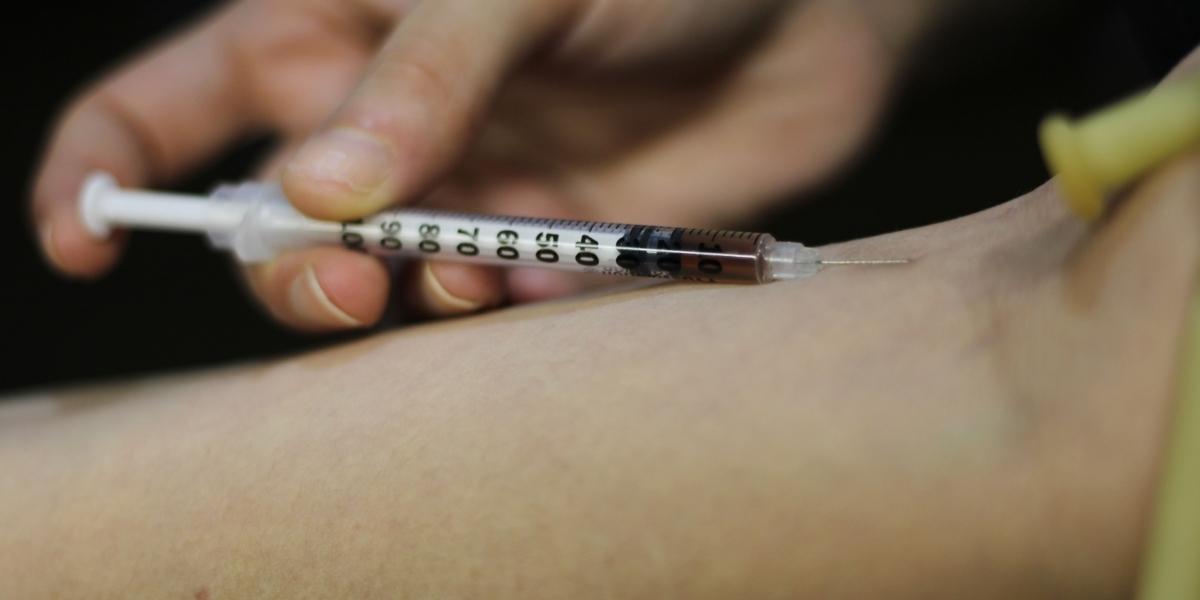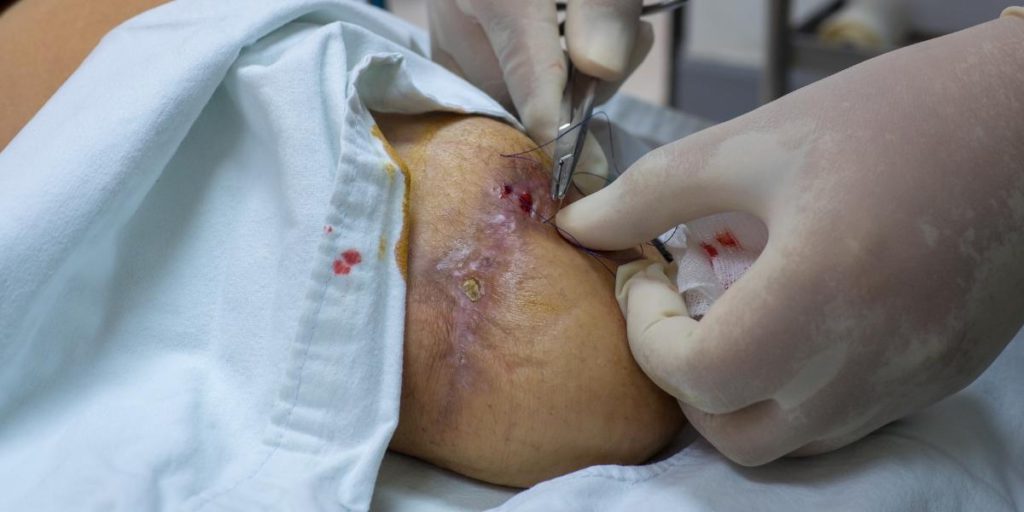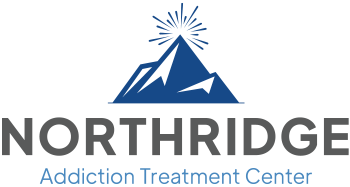What Is Xylazine?
Xylazine (Tranq Dope), a New and Deadly Drug

In the early 2000s, Puerto Rico and Philadelphia started seeing a rise in overdoses and injection drug-related injuries traced back to xylazine, a powerful veterinary sedative.
Drug dealers discovered that xylazine, or “tranq dope,” an uncontrolled substance is an easy and cheap way to cut drugs and give a powerful high.
It didn’t take long for its complications, overdose, and deaths to spread nationwide.
What Is Xylazine?
Xylazine, or tranq dope, is a powerful veterinary tranquilizer primarily used in livestock, with painkilling and muscle relaxation effects.
When it comes to xylazine, veterinary practitioners know its brand names Rompun, Sedazine, and AnaSed, which were developed in the 1960s. It has recently begun finding its way into illicit drug markets, primarily as an injection drug.
In humans, xylazine acts as a central nervous system depressant and has a wide variety of dangerous mental and physical effects, both immediately and long-term.
Xylazine is often cheaper and easier to get than other drugs with similar sedative effects like ketamine or fentanyl and is becoming a widely used cutting agent in heroin.
When people talk about its tranquilizing effects, they don’t mean tranquil like calm; they mean it’s like getting hit with a tranquilizer dart—you immediately feel it.
Many users lose consciousness within minutes of taking it, which earned xylazine the slang name tranq dope.
The Drug Enforcement Administration (DEA) has noted a rise in drug-facilitated crimes like date rape and robbery involving xylazine.
Street Names
Even though xylazine is becoming one of the more common cutting agents, many users are unfamiliar with the clinical name and only know it by different street names.
Users claim they can identify the presence of xylazine based on its dark brown color, crystal texture, and pungent smell, which many compare to gasoline.
Common street names for xylazine include:
- Tranq dope
- Tranq
- Piqui-piqui
- Anesthesia
- Anesthesia de caballo
- Sleep cut
As this drug’s use becomes more widespread, there is no doubt users will develop new terms for it.

Is Xylazine a Controlled Substance?
Xylazine is not a controlled substance, but this does not mean it is even remotely safe for human consumption.
In 2017, New York passed Murphy’s Bill, which designated xylazine as a controlled substance. It is the only state or United States territory to do so to date.
Part of the lack of xylazine oversite is due to a lack of research and data.
In a medical examiner’s office, testing for xylazine is not routine.
Because of this, the Centers for Disease Control and Prevention (CDC) believes that xylazine’s role in overdose deaths is underestimated.
The CDC is currently working to improve data and testing protocols for the presence of xylazine.
As public health officials and agencies learn more about the risks of xylazine, it will most likely become a controlled substance throughout the United States.
Uses
Street chemists and dealers who cut their illicit opioids with xylazine use it because it is a cheap and accessible way to bulk up the product. Some drug users claim that it enhances and prolongs the effects of opioids and fentanyl.
However, the only legitimate use for xylazine is as an animal tranquilizer and muscle relaxor, but even then, it requires a prescription from a veterinarian.
Historically, other medications and central nervous system depressants like ketamine and fentanyl have limited medical uses for humans.
When doctors tested xylazine on animals, the side effects were severe, and health officials decided there was no possible benefit to humans.
Effects on Humans
Doctors and public health officials are still learning the full effects of xylazine on humans.
Public health experts fear that as the opioid crisis spreads, xylazine will become one of the most dangerous cutting agents because of its addictive properties and the complete havoc it causes in the body.
Some of the immediate effects of xylazine include:
- Drowsiness
- Fading in and out of consciousness
- Blurry vision
- Low heart rate
- Slowed breathing
- Loss of coordination
- Confusion
Studies have shown that even non-overdose cases of xylazine use often require medical intervention.
Long-Term Xylazine Side-Effects
Experts have only watched xylazine effects in humans for under 20 years, although chronic users show disturbing and life-threatening conditions.
Long-term effects include:
- Rapid cognitive decline
- Extreme anemia
- Drastic weight loss
- Slow heart rate
- Low blood pressure
- Chronic fatigue
- Pinpoint pupils
- Migraines
- Hyperglycemia or high blood sugar
- Skin and soft-tissue infections
- Skin ulcers, abscesses, and lesions
- Slow wound healing
- Amputation
- Coma
- Death
Unlike other injection drug users, xylazine users experience wounds and sores all over their bodies, not just around their injection sites.
This is because it attacks the endothelial cells that line the heart and blood cells and control clotting and elasticity, slowing the healing process.
It also prevents oxygen circulation and tissue regeneration, which causes wounds to stay open and vulnerable to infections.
Something as simple as a paper cut can become an infected wound and require amputation in xylazine users.

Deadly Risks
There are various deadly risks, direct and secondary, associated with xylazine.
Chronic users can develop diabetes, which can be fatal without proper medical intervention.
The high rate of open and infected wounds among xylazine users often leads to infections that enter the bloodstream and result in amputations or death.
Many users don’t seek treatment for their conditions because they feel stigmatized and fear they won’t receive proper treatment, and instead keep self-medicating with xylazine.
Overdose Potential
Because xylazine is mixed with other central nervous system depressants, the risk of overdose is higher than with uncut drugs.
In Philidelphia, xylazine drug overdose deaths between 2010 and 2015 contributed to less than 2% of fatalities.
However, there was a noticeable rise in xylazine overdose deaths in 2015, and tracking became more widespread.
The National Institutes of Health (NIH) reported 42 deaths in Connecticut from March to August 2019. And as of 2019, 31% of fatal overdoses involved the presence of xylazine across the United States and Puerto Rico.
Xylazine by itself does not respond to Narcan (naloxone) in overdose cases, which escalates the risk of death. If someone has injected a mixture of heroin, fentanyl, and xylazine, there is a slight chance that Narcan will help, but it is not guaranteed.
Xylazine Overdose
Signs of xylazine overdose are very similar to opioid overdoses and include:
- Slurred speech
- Inability to speak
- Dizziness
- Loss of balance
- Unable to stand or sit upright
- Respiratory depression
- Eyes rolling back
- Dropping blood pressure
- Loss of consciousness
- Unresponsiveness
If someone is experiencing any of these symptoms, call 911 immediately and be honest with emergency responders so they can accurately treat the person.

Abuse and Addiction Treatment
Whether you are struggling with addiction to xylazine or want to stop using other intravenous drugs before you encounter a lethal batch, Northridge Addiction Treatment Center can help you.
Our highly trained and compassionate team’s approach to treating addiction and substance abuse is individualized and multi-layered, ensuring we address all aspects of your addiction, not just the symptoms.
The thought of withdrawal can be overwhelming and scary, but our inpatient residential treatment facility offers medical detox and surrounds you with comfort and 24-hour medical care.
After you detox, the work on your mind begins with evidence-based treatments, therapies, and group therapy that will address the roots of addiction and provide you the strength and skills to stay on the recovery path for the rest of your life.
The stunning beauty and tranquility of Los Angeles’ San Fernando Valley surround our outdoor pool and hot tub area, where you’ll have a chance to relax and reflect while you heal.
Addiction treatment with NATC is a stepping stone to the happy, healthy life you deserve. Reach out today to take the first steps on your path to recovery.
Find Meaningful Recovery
Our caring and compassionate specialists are eager to help you comfortably navigate this journey to recovery. Our individualized treatment plan, programs, and therapies may be a perfect match for you or your loved one. Let us assist you in living the happy life you deserve. It starts with a phone call.




